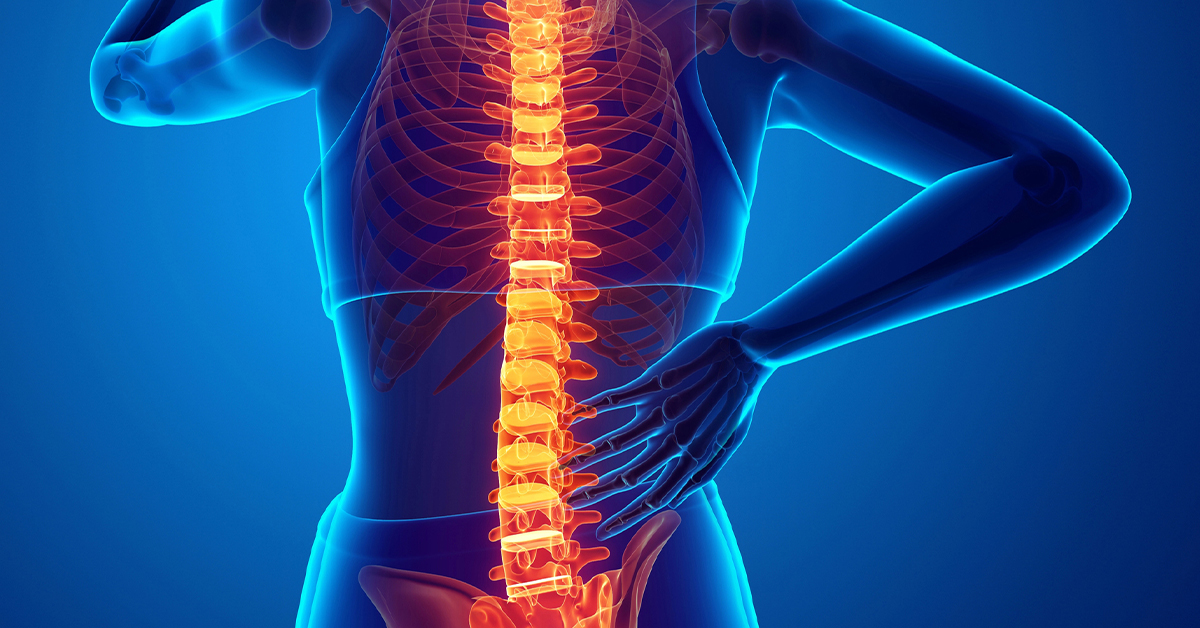
How Do You Sleep After an Artificial Disc Replacement?
Artificial disc replacement (ADR) surgery can bring significant relief from chronic back pain, but the recovery process requires careful attention, especially when it comes to sleeping. Proper sleep positioning and habits are crucial for a smooth recovery and minimizing discomfort. Here’s a guide on how to sleep after an artificial disc replacement.
The Importance of Proper Sleep Post-Surgery
Quality sleep is essential for healing after any surgery, including ADR. It helps your body repair tissues, manage pain, and restore energy. However, finding a comfortable and supportive sleeping position can be challenging immediately after surgery.
Recommended Sleeping Positions
-
Back Sleeping
Position: Lying on your back is often recommended as it maintains a neutral spine position, reducing strain on the surgical site.
- Support: Place a pillow under your knees to relieve pressure on your lower back. This can help maintain the natural curve of your spine and provide extra support.
- Pillow Choice: Use a supportive pillow for your head and neck to keep your spine aligned.
-
Side Sleeping
Position: Sleeping on your side can also be comfortable if done correctly.
- Support: Place a pillow between your knees to keep your hips aligned and reduce strain on your lower back. Ensure your head pillow supports your neck adequately.
- Switch Sides: Alternate sides periodically to avoid putting prolonged pressure on one side of your body.
-
Avoid Stomach Sleeping
Position: Sleeping on your stomach is generally not recommended after ADR surgery as it can place undue stress on your neck and spine, hindering recovery.
Tips for Comfortable and Safe Sleep
- Use Supportive Mattresses and Pillows: Invest in a high-quality, supportive mattress that provides good spinal support. Memory foam or hybrid mattresses are often recommended. Choose pillows that support your neck and maintain spinal alignment.
- Gradual Movements: When getting in and out of bed, move slowly and avoid sudden twists or bends. Roll onto your side, use your arms to push up, and then swing your legs over the edge of the bed.
- Elevate the Head of the Bed: If you experience discomfort or reflux, consider using a wedge pillow or an adjustable bed to elevate the head of your bed slightly. This can help reduce strain on your spine.
- Stay Consistent: Try to maintain a consistent sleep schedule, going to bed and waking up at the same time each day. This helps regulate your body’s internal clock and promotes better sleep quality.
- Pain Management: Follow your doctor’s advice on pain management. Taking prescribed medications before bedtime can help reduce discomfort and improve your ability to sleep through the night.
- Create a Relaxing Sleep Environment: Ensure your bedroom is conducive to sleep by keeping it cool, dark, and quiet. Use blackout curtains, white noise machines, or earplugs if needed.
- Avoid Stimulants: Avoid caffeine, nicotine, and heavy meals close to bedtime. These can interfere with your ability to fall asleep and stay asleep.
Sleeping comfortably after an artificial disc replacement is crucial for a smooth recovery. By adopting the right sleeping positions, using supportive bedding, and following good sleep hygiene practices, you can enhance your recovery process and get the restorative sleep your body needs. Always follow your surgeon’s specific recommendations and consult with your healthcare provider if you have any concerns about your sleep or recovery.
With patience and care, you can look forward to restful nights and a successful recovery, ultimately leading to a pain-free and active life.
